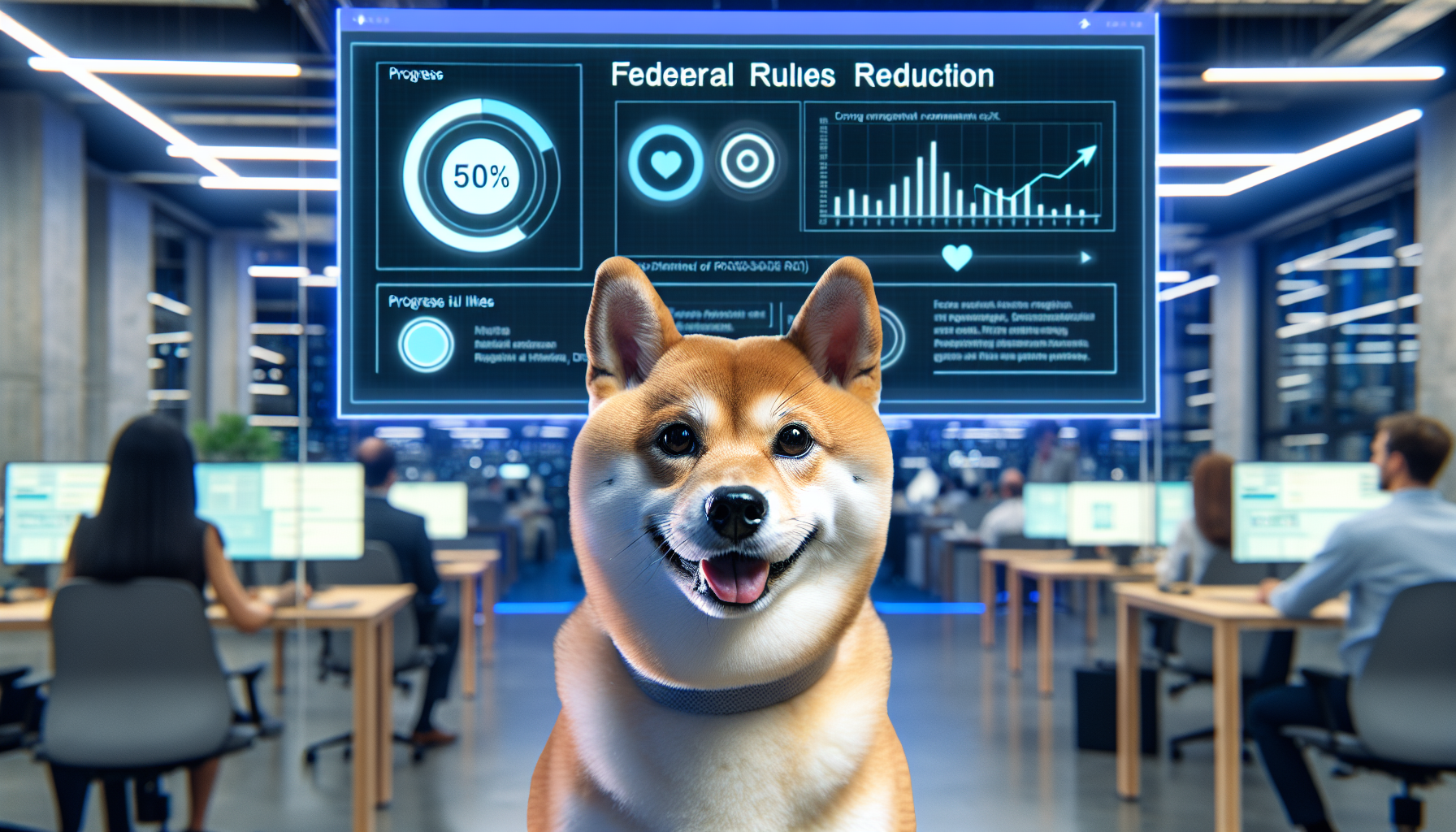
The Ascendancy of AI in Deregulation: A New Chapter for Federal Regulations
The Function of AI in Simplifying Regulations
In a time when technology is transforming sectors, the Department of Government Efficiency (DOGE) is harnessing artificial intelligence to change the game in federal regulation management. A recent report reveals that DOGE has created an AI tool, referred to as the DOGE AI Deregulation Decision Tool, aimed at reviewing and simplifying federal regulations. This cutting-edge strategy seeks to pinpoint and discard obsolete or superfluous regulations, potentially reshaping the regulatory environment.
Mechanism of the AI Deregulation Tool
The AI tool thoroughly scrutinizes over 200,000 federal regulations, uncovering an astonishing revelation that 100,000 of these may be disposed of. The tool focuses on regulations that are no longer essential, promoting a more effective regulatory framework. Agencies are instructed to compile their deregulation lists utilizing this tool by a specified deadline, with an objective of cutting regulations by 50%.
Early Trials and Evaluations
The AI tool has already been trialed by the Consumer Financial Protection Bureau (CFPB) and the Department of Housing and Urban Development (HUD). These trials have yielded encouraging outcomes, as the tool has been employed to formulate deregulations and reach verdicts on various regulatory segments. Nonetheless, input from HUD employees suggests that the tool sometimes misreads legal terminologies, emphasizing the necessity for human supervision in the conclusive decision-making process.
Training and Deployment Across Agencies
DOGE intends to broaden the application of this AI tool by instructing other federal agencies. This initiative is anticipated to kick off shortly, with the aim of providing agencies with the expertise required to efficiently use the tool for regulatory oversight. The extensive adoption of this technology could result in major shifts in how regulations are administered and enforced.
Conclusion
The advent of AI in deregulation signifies a crucial transformation in federal regulatory management. While the tool presents the potential for enhanced efficiency and diminished regulatory load, it also highlights the importance of human oversight to guarantee correctness and adherence to legal standards. As DOGE proceeds to enhance and roll out this technology, the future of federal regulations may be on the brink of noteworthy change.
Q&A Session
Q1: What is the main objective of the DOGE AI Deregulation Decision Tool?
A1: The main objective is to recognize and discard outdated or unnecessary federal regulations, simplifying the regulatory framework.
Q2: How many regulations has the AI tool pinpointed for possible elimination?
A2: The AI tool has pinpointed 100,000 out of more than 200,000 regulations for possible elimination.
Q3: Which agencies have utilized the AI tool to date?
A3: The Consumer Financial Protection Bureau (CFPB) and the Department of Housing and Urban Development (HUD) have utilized the tool.
Q4: What difficulties have been recognized with the AI tool?
A4: Identified difficulties include occasional misreading of legal texts, underscoring the necessity for human supervision.
Q5: When will other agencies commence training on the AI tool?
A5: Training for other agencies is expected to commence shortly, as DOGE aims to extend the tool’s utilization across federal agencies.